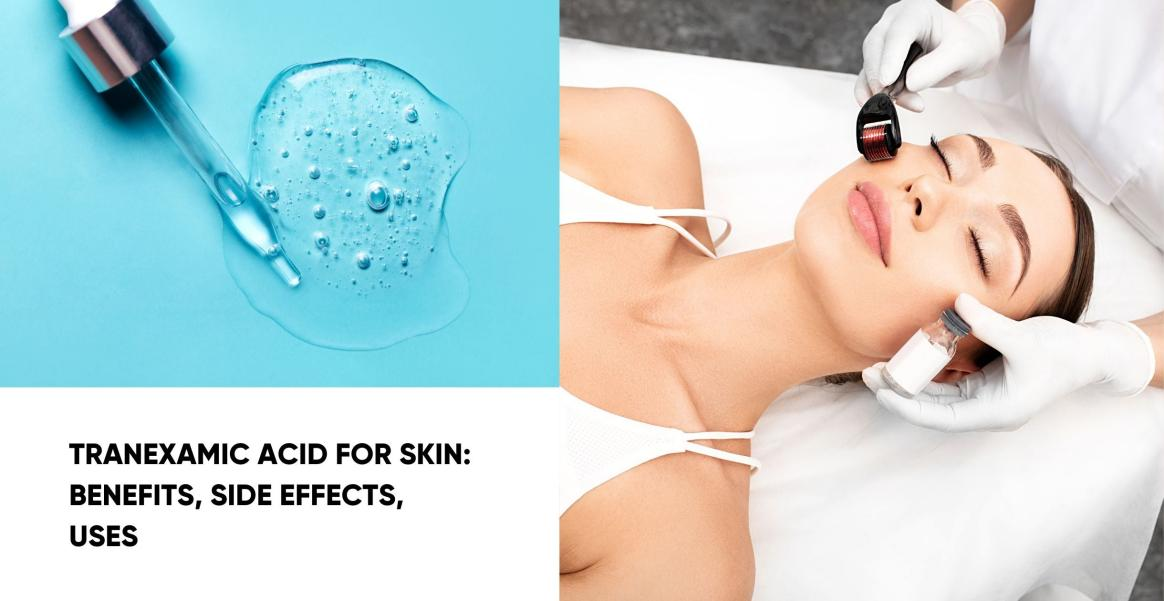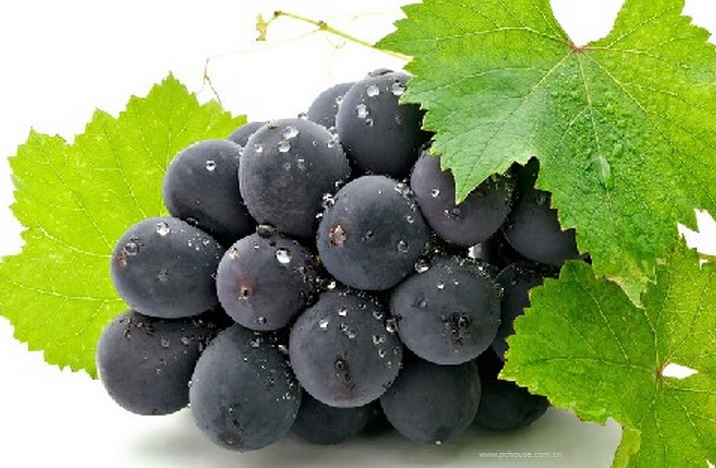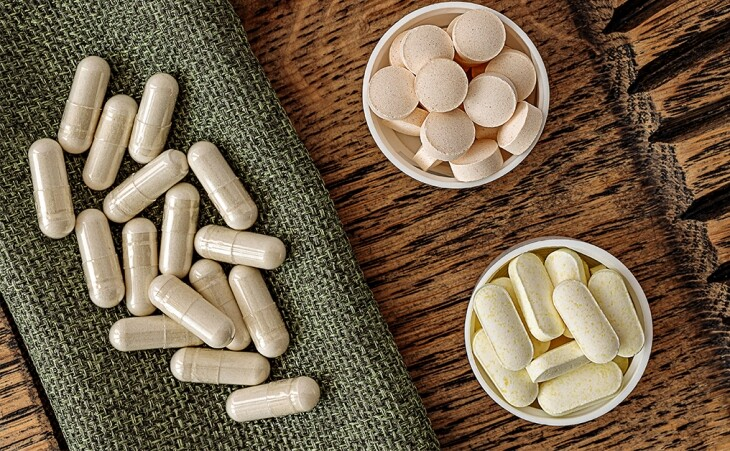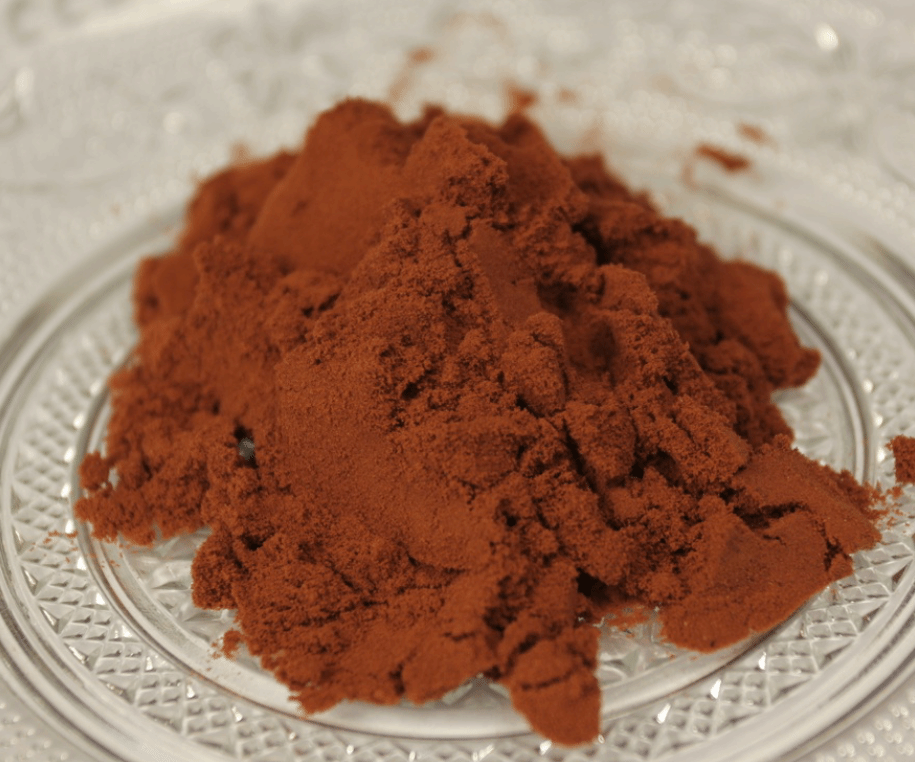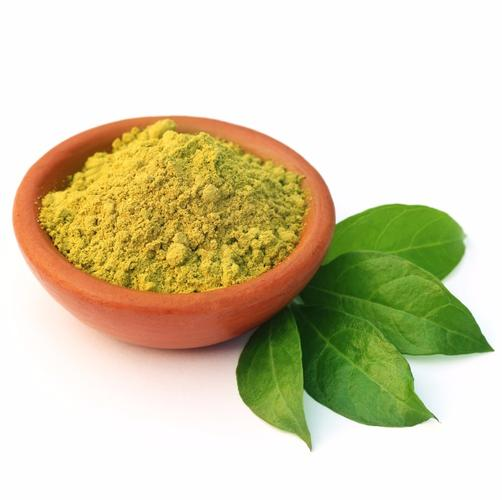Paeonol: A Bioactive Compound with Multiple Therapeutic Properties
Introduction
Paeonol, also known as peony phenol, is a major active component found in the dried root bark of the peony plant (Paeonia suffruticosa) from the Ranunculaceae family and the dried root or whole plant of Cynanchum paniculatum from the Apocynaceae family. The chemical structure of paeonol is 2-hydroxy-4-methoxyacetophenone, with the molecular formula C9H10O3. As a small phenolic compound, paeonol is characterized by its simple structure, volatility, and poor water solubility.
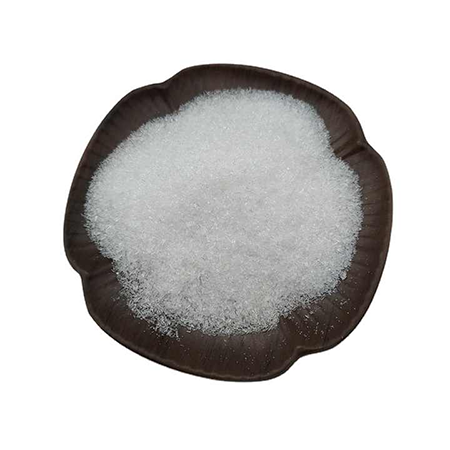
Pharmacological Properties
Recent pharmacological studies have revealed that paeonol exhibits a variety of biological activities, including:
- Antibacterial and Anti-inflammatory:
- Paeonol has significant antibacterial and anti-inflammatory effects, making it useful for treating various inflammatory conditions.
- Antipyretic and Analgesic:
- It shows marked antipyretic (fever-reducing) and analgesic (pain-relieving) properties. It effectively alleviates pain induced by physical or chemical factors such as tail compression and acetic acid.
- Anti-liver Cell Damage:
- Paeonolhas been shown to protect liver cells from damage, offering potential benefits for liver health.
- Antiarrhythmic:
- It has demonstrated the ability to prevent and treat irregular heartbeats (arrhythmias).
- Antitumor:
- With the increasing incidence of tumors, paeonol’s antitumor effects have garnered significant attention. Studies have indicated that paeonol can inhibit various tumor cells, including liver and stomach cancer cells. The primary mechanisms include inducing apoptosis (programmed cell death) and inhibiting cell proliferation.
Therapeutic Applications
- Pain Relief and Anti-inflammatory:
- Paeonoleffectively reduces pain and inflammation caused by various physical and chemical stimuli, such as carrageenan, egg whites, formaldehyde, histamine, serotonin, bradykinin, xylene, and endotoxins.
- Antipyretic:
- It significantly reduces fever induced by factors like typhoid vaccines and triple vaccines.
- Anti-allergic:
- Paeonol inhibits type II, III, and IV hypersensitivity reactions, providing relief from allergic conditions.
- Sedative and Hypnotic:
- It exhibits sedative and hypnotic effects, promoting relaxation and sleep.
- Antioxidant and Skin Whitening:
- Paeonolinhibits the production of intracellular superoxide anions (O2-), contributing to its antioxidant properties. It can also lighten skin pigmentation by reducing deposited pigments, thus promoting a brighter complexion.
- Anti-inflammatory and Analgesic in Dermatology:
- Paeonol reduces inflammation, swelling, and pain, making it effective for conditions such as muscle pain, skin itching, psoriasis, herpes zoster, and eczema.
- Oral Care:
- It is beneficial in dental care products such as toothpaste, mouthwash, tooth powder, and solutions for toothache, providing anti-inflammatory and analgesic effects.
Conclusion
Paeonol is a versatile compound with numerous therapeutic properties, including antibacterial, anti-inflammatory, antipyretic, analgesic, antiarrhythmic, and antitumor effects. Its applications in dermatology and oral care, along with its antioxidant and skin-whitening properties, make it a valuable component in both medical and cosmetic formulations.
Contact:James Yang
Tel/WhatsApp: +8619992603115
WeChat:19992603115
Email: sales@xabcbiotech.com


